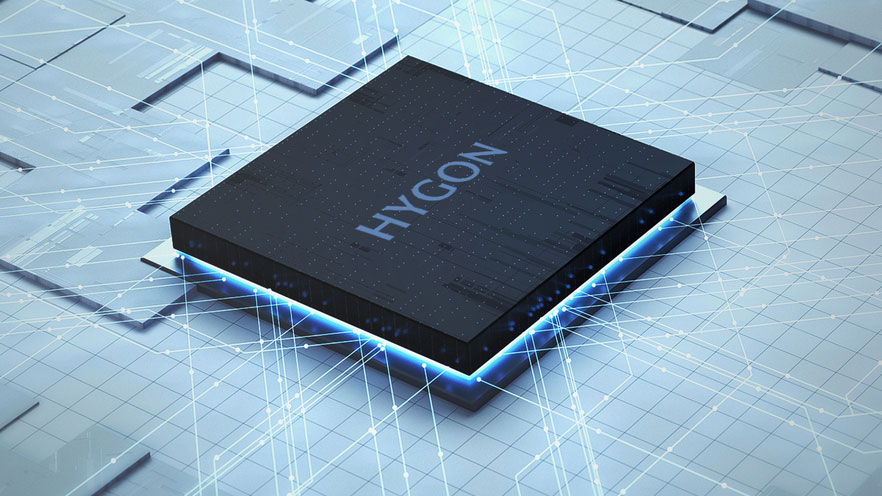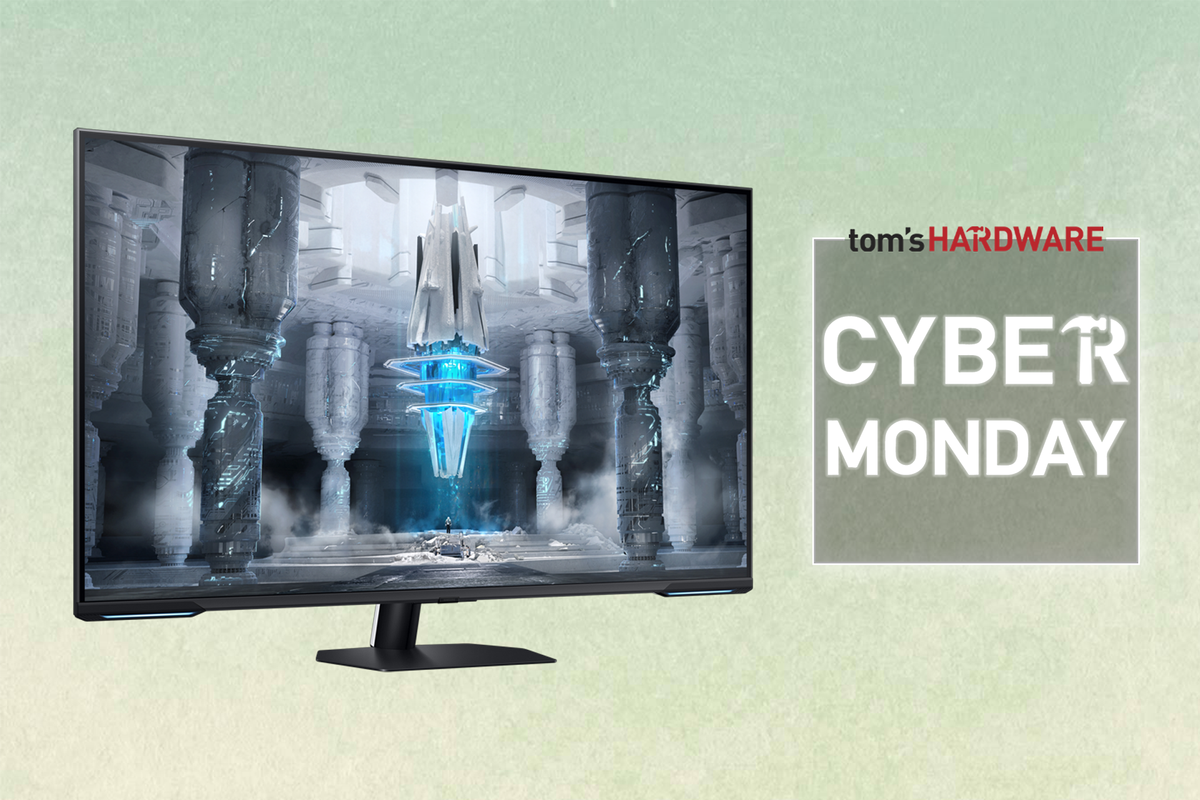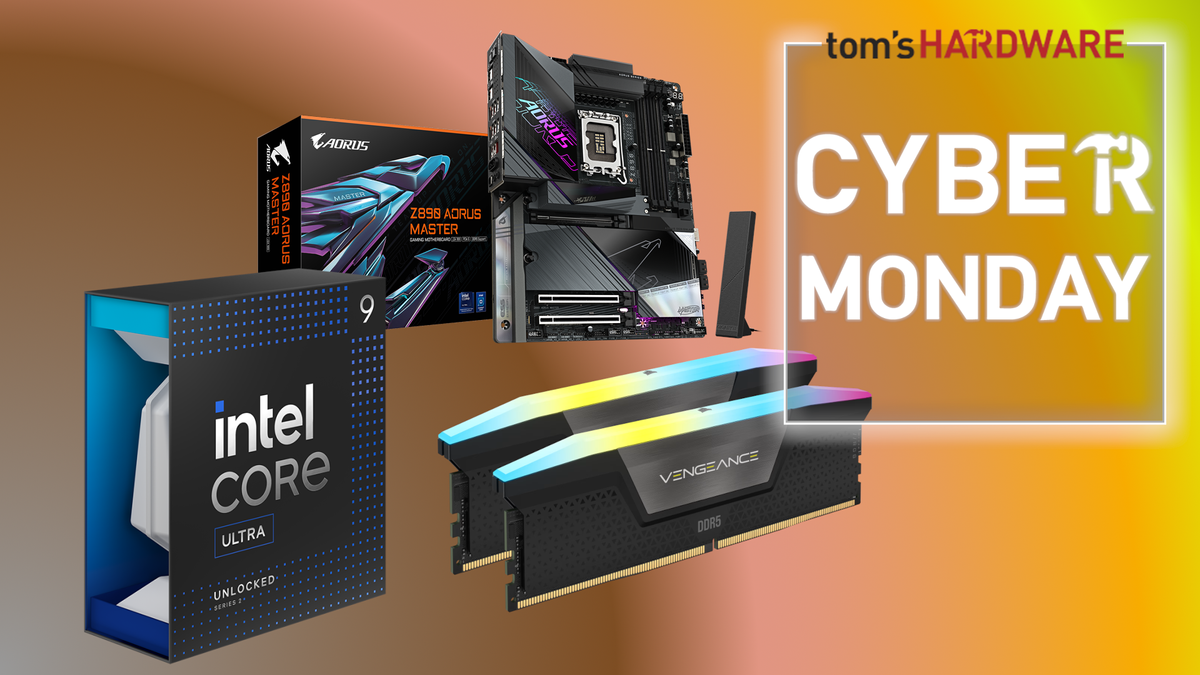A highly significant China tech industry merger looks set to go ahead, reports the South China Morning Post (SCMP). The Hong Kong-based organ says that the merger plan between chip designer Hygon Information Technology and supercomputer maker Sugon marks “a major move to consolidate two of the leading players in China’s computing supply chain.” We may be seeing the forming of a highly impactful vertically integrated supercomputing giant that has blossomed in the shadow of U.S. sanctions.
The proposed deal involves Hygon absorbing Sugon shares in a stock-swap agreement. Should the process complete successfully, with both companies’ shares being taken off the open market for up to 10 trading days, the newly consolidated entity will appear on the Shanghai stock exchange.
To give this merger some context, regular Tom’s Hardware readers will be aware that Hygon chips leverage the AMD Zen processor architecture. However, the firm says it has moved on from those days. In a recent report we published highlighting an extraordinary Hygon C86-5G, a 128-core, 512-thread CPU with AVX-512 and 16-channel DDR5-5600 support, we quoted a company exec asserting it uses a "new self-developed microarchitecture” in its latest designs.

Our previous reports on Sugon made clear its existing close relationship with Hygon. In recent years, the supercomputer maker leaned heavily on Hygon x86 chips to develop high-performance platforms. Sugon is backed by the Chinese Academy of Sciences, explains the SCMP, and has managed to push China into the “global top three for supercomputing,” it is claimed.
The merging partners were both on the U.S. Entity List
Both Hygon and Sugon are on the U.S. Entity List, which means they can’t get direct access to chips from U.S. suppliers such as AMD, Intel, and Nvidia. Naturally, the pairing, in their new clothes, will be treated similarly by U.S. policymakers. However, that will likely be of little concern to the newly formed vertically integrated Chinese supercomputing giant. The U.S. trade measures might have drawn them inexorably together.
Consolidation in the Chinese semiconductor and computing sectors has previously been forecast by analysts. This newly merged company looks like a sure-fire success, with the Chinese political will to build a formidable high-performance computing infrastructure to drive its domestic AI and big data projects.
Follow Tom's Hardware on Google News to get our up-to-date news, analysis, and reviews in your feeds. Make sure to click the Follow button.

 6 months ago
63
6 months ago
63







 English (US) ·
English (US) ·